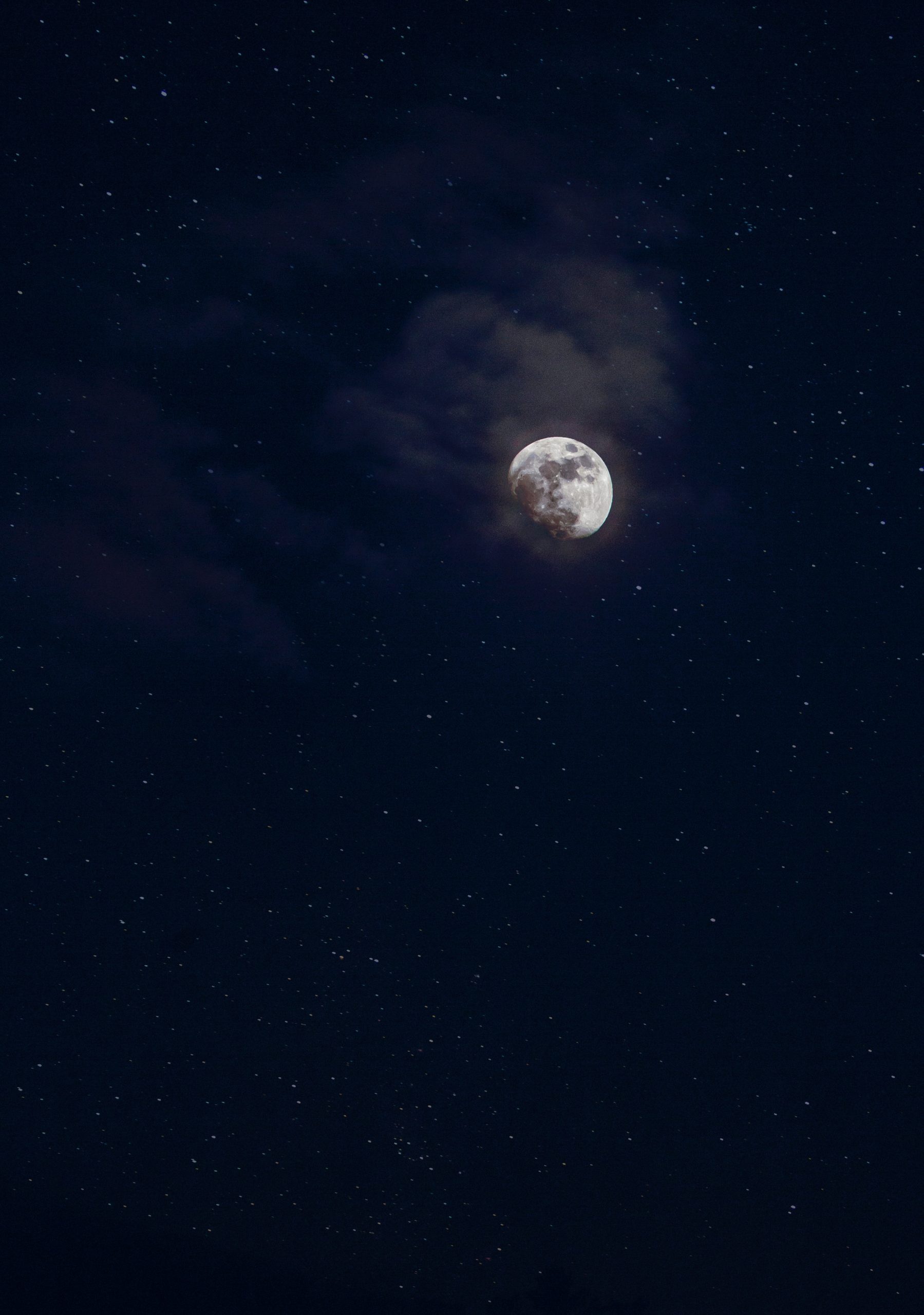Exploring the Enigma of the Blue Ring Around the Moon Tonight
As the sun sets, casting a warm glow on the horizon, our curiosity turns skyward. Tonight, something magical awaits us in the vast expanse above. A peculiar phenomenon that rarely occurs captures our attention – a blue ring around the moon. Join us as we delve deep into the mysteries surrounding this ethereal sight and seek to uncover the science behind it.
Understanding the Blue Ring Phenomenon
A blue ring around the moon, also known as a lunar corona, is a captivating sight that leaves stargazers spellbound. Picture a shimmering halo encircling Earth’s celestial companion, with vibrant hues of blue, violet, and sometimes even green. But what causes this celestial spectacle?
To understand the blue ring phenomenon, we need to delve into the intriguing world of atmospheric optics. Just as the rays of the sun are scattered by tiny particles in the Earth’s atmosphere, moonlight can also interact with these particles. When the moon’s light encounters ice crystals or water droplets in the air, something magical happens – a corona forms.
Coronas arise from a phenomenon called diffraction, in which light bends and spreads as it encounters small particles. The ice crystals or water droplets act as tiny prisms, refracting and diffracting the moonlight, much like a glass prism breaks up white light into a spectrum of colors. The angle at which the light diffracts determines the size and color of the corona, explaining why we observe different hues.
Factors Influencing the Appearance of a Blue Ring
While the presence of ice crystals or water droplets in the atmosphere is a prerequisite for the formation of a lunar corona, several factors influence the appearance of a blue ring.
Particle Size
The size of the particles plays a crucial role in determining the color and size of the corona. Larger ice crystals or water droplets tend to diffract longer wavelengths of light, resulting in a reddish or yellow corona. Conversely, smaller particles create diffraction patterns that favor shorter wavelengths, such as blue and violet, leading to the mesmerizing blue ring that catches our eye.
Additionally, the more uniform the particle size, the sharper and more defined the corona appears. Variations in particle size can cause irregular and less vibrant rings.
Visibility of the Moon
The transparency of the sky and the amount of cloud cover significantly affect our ability to witness a blue ring around the moon. Clear, cloudless nights provide the perfect canvas for this celestial phenomenon, allowing us to appreciate the full extent of its beauty. On the other hand, thick cloud cover obscures the moon, making the phenomenon much harder or even impossible to observe.
Light Pollution
Light pollution is another factor that impacts the visibility of the blue ring around the moon. Bright city lights and artificial illumination can diminish the contrast between the moon’s halo and the night sky. Optimal viewing conditions occur in rural areas with minimal light pollution, where the dark sky provides a stunning backdrop for the ethereal display.
When and Where to Witness a Blue Ring?
Spotting a blue ring around the moon is a rare and fleeting event. Several conditions must align to witness this spectacle in all its glory. So, when and where can you increase your chances of encountering this mesmerizing phenomenon?
First and foremost, a cloudless or partially cloudless night sky is essential. Keep an eye on weather forecasts and astronomical events to determine when the sky is most likely to be clear. Avoid areas notorious for high levels of light pollution, such as busy cities, and instead venture to rural locations or astronomical observatories with dark, undisturbed skies.
While the specifics vary depending on your geographic location, there are certain periods of the year when the conditions are more favorable for observing a blue ring. Late fall and winter tend to offer more opportunities as colder temperatures increase the likelihood of ice crystals forming in the atmosphere. However, regional climate patterns and local weather conditions can alter these general guidelines.
Harnessing the Magic
When you find yourself beneath a star-studded sky, and the moon glows brightly overhead, it’s essential to capture the magic of the blue ring phenomenon. To truly appreciate its beauty and share it with others, consider these tips:
Photographing a Blue Ring
Documenting the blue ring around the moon allows you to savor the moment long after it fades from view. To capture this celestial masterpiece, make sure you have a suitable camera with manual settings and a telephoto lens. Set your camera to a low ISO to reduce noise and experiment with different shutter speeds to find the perfect balance between exposure and sharpness. Additionally, using a tripod will help stabilize your camera and prevent blurring.
When framing your photograph, look for interesting foreground elements to create a captivating composition. Trees, buildings, or even silhouettes of other celestial objects, like distant stars, can add depth and intrigue to your images.
Sharing the Experience
After successfully capturing the blue ring around the moon, share your experience with fellow enthusiasts. Social media platforms, astronomy forums, and photography communities offer spaces to showcase your images and engage in discussions with like-minded individuals. Through shared experiences, we can collectively appreciate the beauty and wonder of the universe.
Conclusion
The blue ring around the moon is a rare phenomenon that reminds us of the marvels hidden within the night sky. From the intricate interactions between light and particles in the atmosphere to the transient nature of these events, there is much to ponder and explore.
So, the next time you find yourself beneath a moonlit sky with a bewitching blue ring adorning it, take a moment to soak in the magic. Embrace the wonder of the natural world and allow yourself to be transported into the realms of beauty that astronomy has to offer.
Table of Contents
